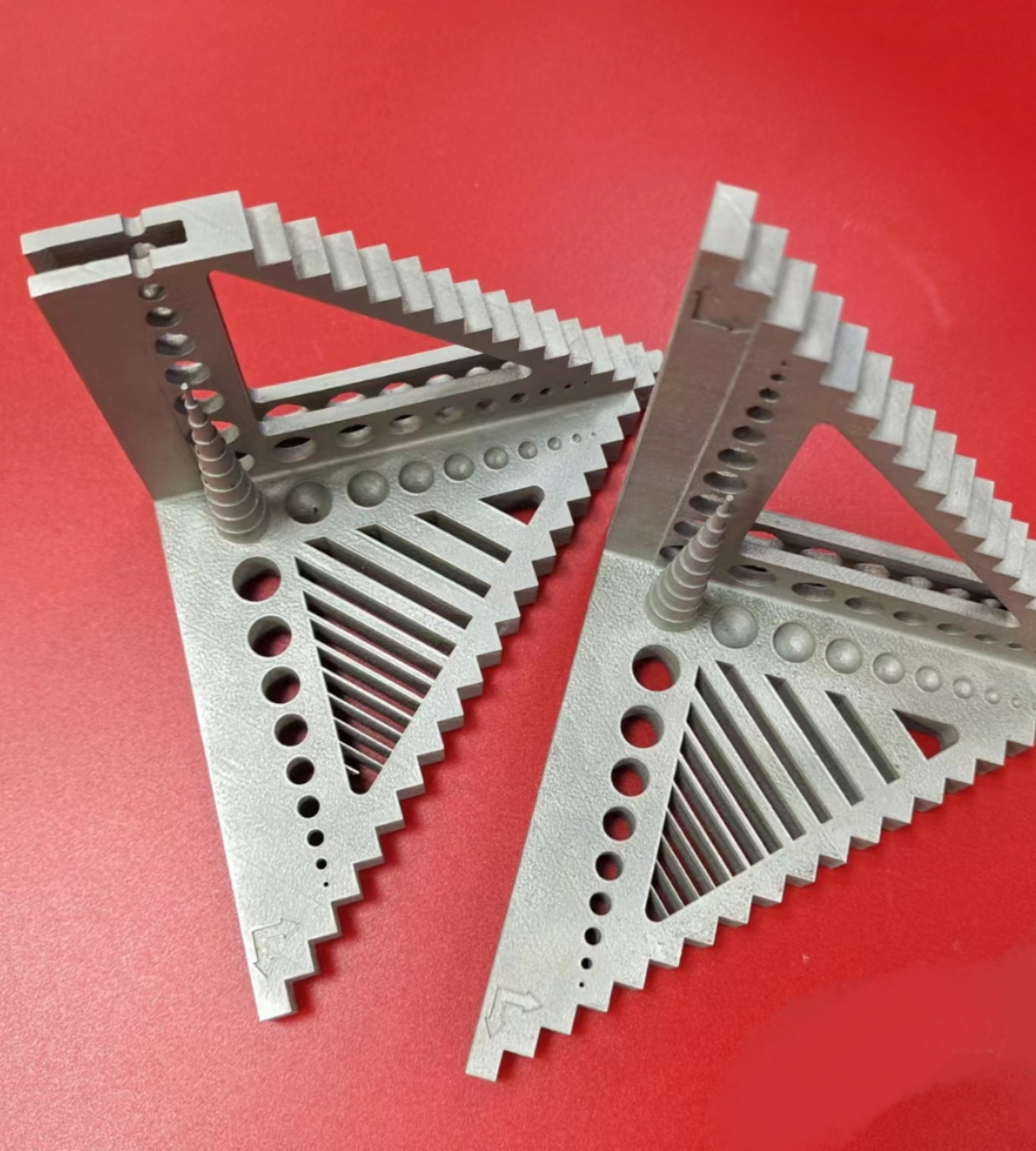
Metal 3D printing offers unparalleled versatility in material selection, enabling the fabrication of parts from a wide range of metals and alloys. Common materials used in metal 3D printing include titanium, stainless steel, aluminum, nickel alloys, and cobalt-chrome alloys, each offering unique mechanical properties suited to different applications. This diversity of materials empowers designers and engineers to tailor parts to specific performance requirements, whether it's lightweight aerospace components, corrosion-resistant medical implants, or high-strength automotive parts, thereby unlocking new possibilities in design and functionality.

Apart from the fact that it boosts design flexibility, metal 3D printing allows for considerable efficiency in terms of material usage and sustainability. As such, traditional manufacturing approaches tend to generate a lot of waste when subtractive techniques involving processes like machining, milling, and cutting are applied. Contrastingly, material is only put where it ought to be placed during the additive process thereby reducing wastage and cutting down on consumption. Huilichuang could optimize material usage by layering metal powder and selectively melting it through high-powered lasers thus enhancing eco-friendliness in our production methods. On top of this, metal 3D printing has facilitated the use of superior alloys and advanced materials as mechanical properties. Long list of materials available such as titanium, stainless steel, aluminum, nickel alloys or cobalt-chrome alloys helps designers opt for the most fitting one for every application so that it can perform well enough all along with reliability assured at last. Moreover, recycling surplus metal powder supports environmentally soundness not only in relation to the company’s mission on environmental responsibility as an element of its sustainable development approach but also about a specific aspect of its corporate culture promoting nature-friendly actions and attitudes concerned with social life.
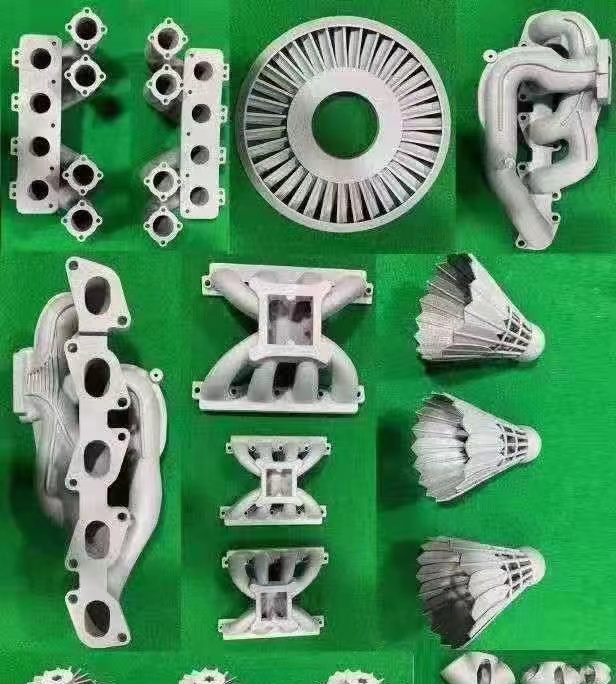
In addition, because metal 3D printing can accelerate manufacturing and reduce time for introducing products into the market. The common product development cycles may include a lot of lead times and tooling, machining, prototyping costs. By making it possible to build various designs in quick succession, metal 3D printing simplifies the process of developing a product. This is an advantage that comes with Huilichuang’s modern metal 3D printing capabilities which make them suitable for producing functional prototypes within a short period of time, testing designs and iterating on new idea regarding creation of products. Furthermore, as far as commodity selling goes, this is beneficial to customers as they can quickly enter new markets and keep pace with changing customer preferences. Metal 3D printing also promotes nimble production systems capable of responding to changes in market dynamics or consumer requirements as opposed to traditional fabrication techniques that require long lead times associated with tooling and setup times. Thus we are enabled by this nimbleness in manufacturing at Huilichuang so we can be more responsive towards our customers’ needs; reduce costs associated with inventory while optimizing supply chain management ….. In conclusion, this means that these firms will be able to spend less time during production meaning reduced lead-time; they will spend less money when manufacturing thus resulting in low costs incurred during production; finally their products will reach the market faster than before due to fast response of delivery processes through elimination of impediments applicable traditionally.
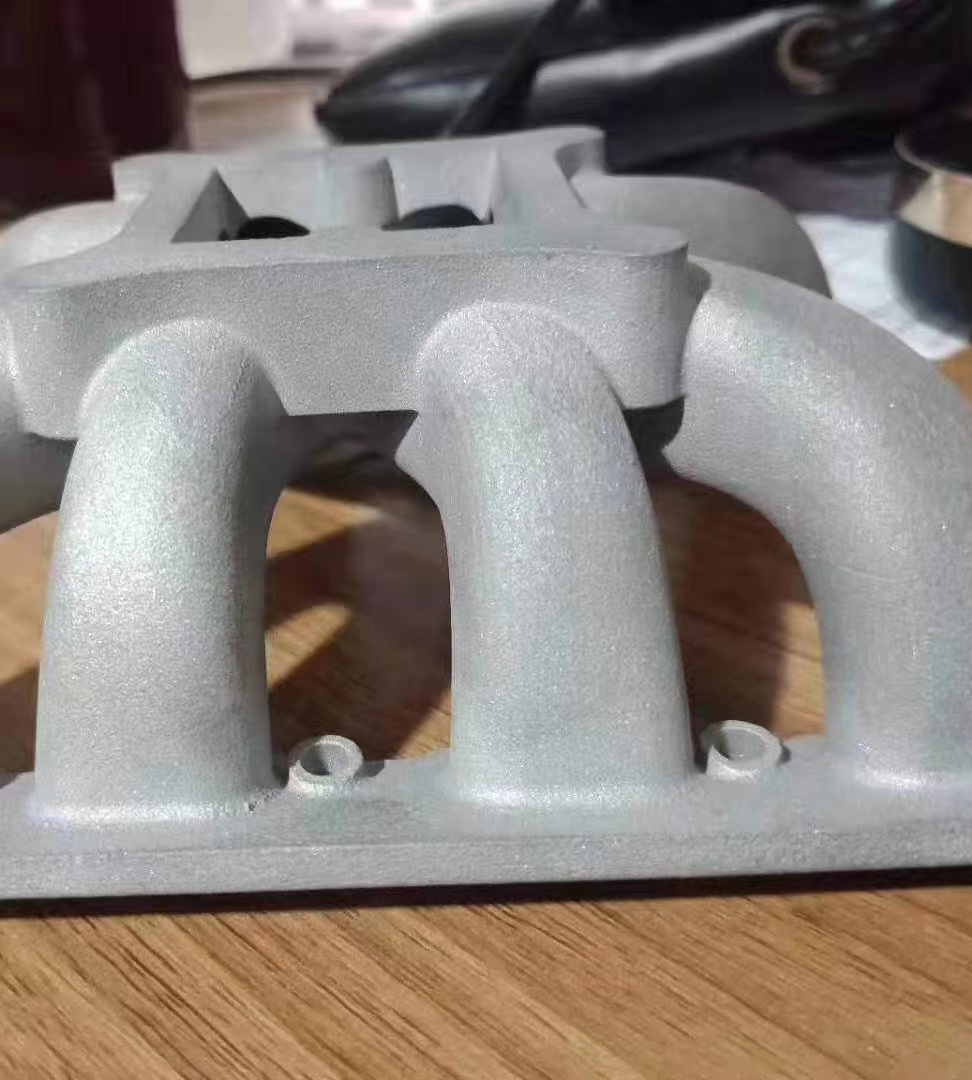
Huilichuang, a production manufacturer that looks to the future, applies metal 3D printing in order to foster innovation and expand possibilities in manufacturing. In conjunction with customers, research institutions and industry partners, it seeks new application areas, materials and techniques for unlocking fresh prospects and facing emerging challenges across numerous industries ranging from aerospace to automotive and healthcare. Huilichuang has been able to drive innovation in several areas including design of materials science as well as manufacturing technology through the application of 3D printing. In relation to metal 3D printings applications are limitless; they can be applied on making lightweight aerospace parts or even bio-compatible medical implants or high performance car parts. Taking up metal 3D printing could transform Huilichuang into a leading manufacturer of the future that will bring positive changes throughout different industries.
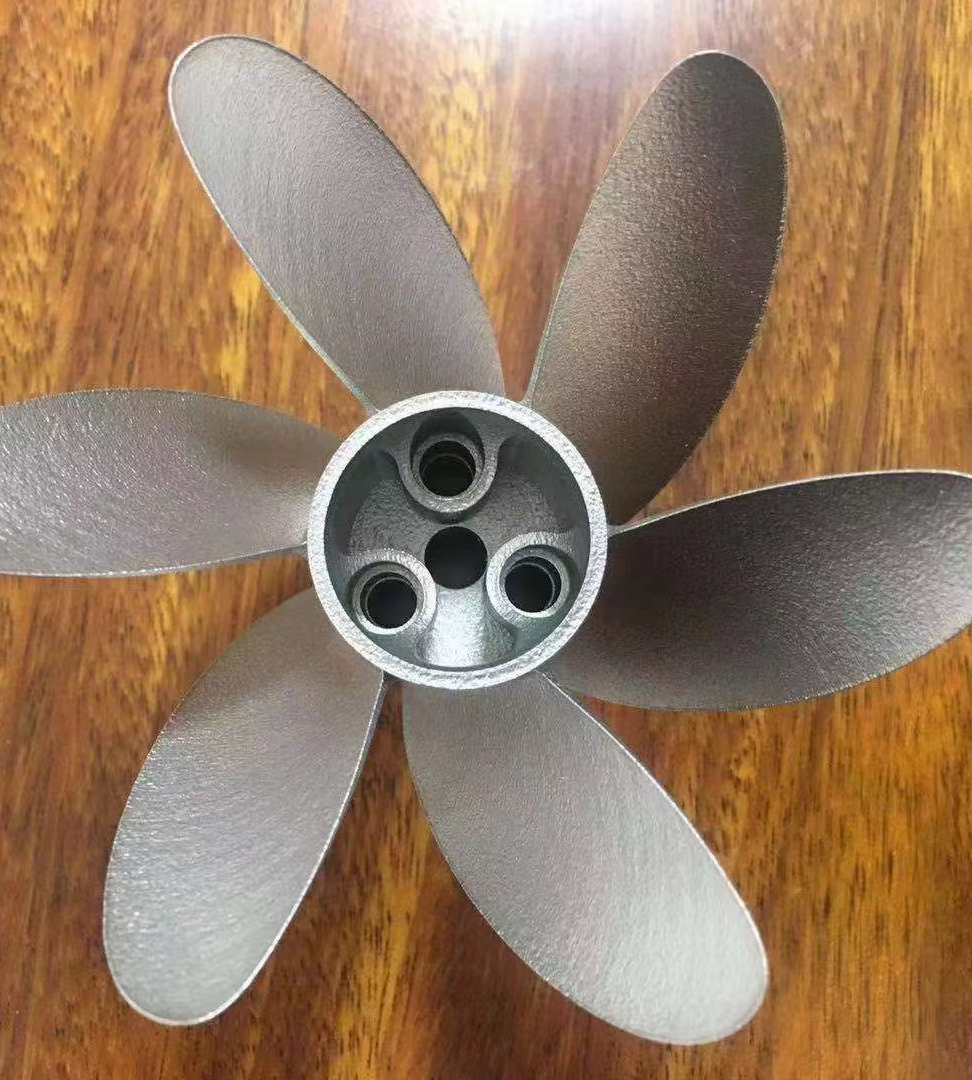
In Huilichuang, quality is highly considered in all aspects of our manufacturing process including metal 3D printing. We employ strict quality control criteria and inspection techniques so that every metal 3D printed component can adhere to the highest levels of dimensional accuracy, material integrity and mechanical performance. From the beginning of design validation to final inspection, each part we produce has the highest level of quality and reliability among all other metal 3D printed parts. The quality assurance process begins with careful design validation and simulation to optimize part geometry, orientation, and support structures for metal 3D printing. After completion of the printing process, each part undergoes comprehensive inspection and testing to check dimensional accuracy, surface finish, and material properties. Besides defect identification for structural integrity using non-destructive testing techniques such as x-ray examination or ultrasonic testing; metallurgical analysis as well as mechanical tests also aid in validating the material properties and performance characteristics of these parts when they have been completed.
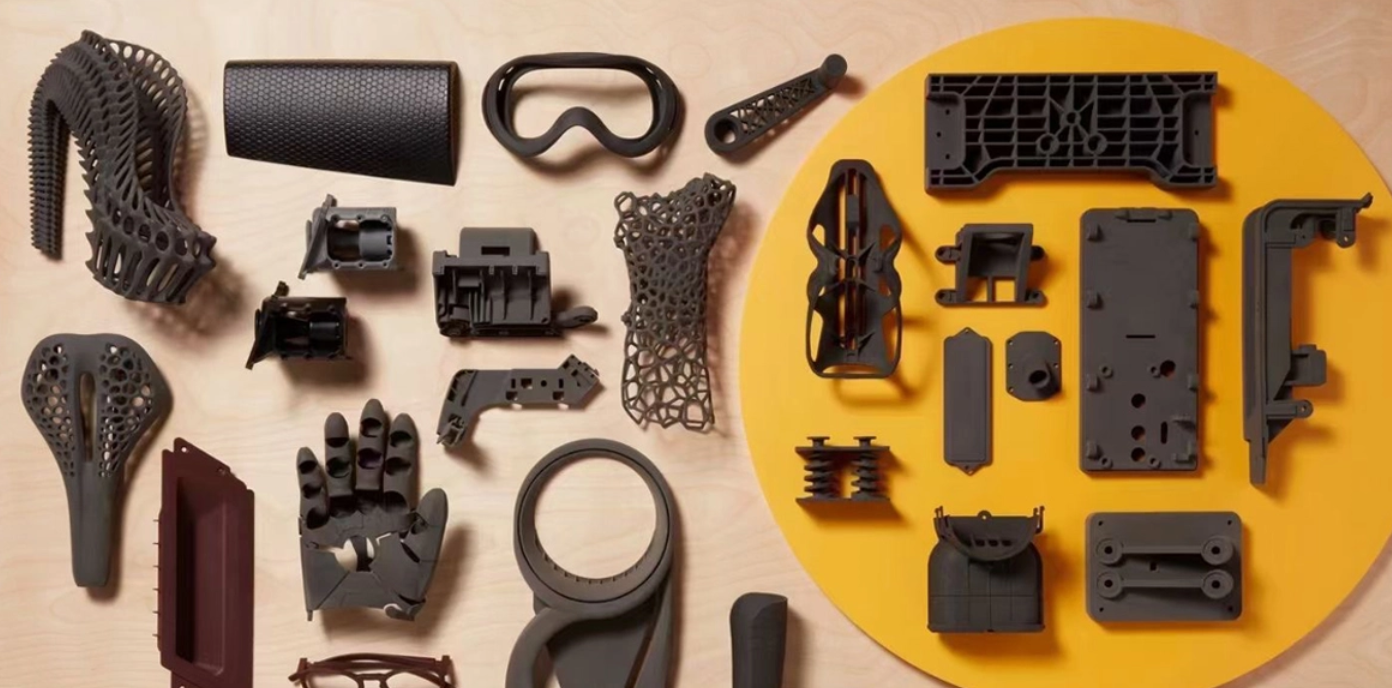
UNITECH 3D PRINTING (DONGGUAN) LIMITED, also known as Dongguan Huilichuang 3D Technology Co., Ltd., is a pioneering national high-tech enterprise specializing in comprehensive industrial chain integration services for both addition and reduction materials. Our cutting-edge facility integrates product design, development, and production, including industry application development, alongside the research and production of innovative materials. Situated in Dongguan City, Guangdong Province, our expansive 50,000 square meter plant is equipped with state-of-the-art machinery and offers convenient access to transportation networks.
At UNITECH 3D PRINTING, we specialize in a wide array of services, including 3D printing FDM, SLA, and SLS services, catering to various manufacturing needs. From metal and plastic to resin and nylon 3D printing, our diverse capabilities ensure that we meet the unique requirements of each project. Additionally, our vacuum casting and CNC machining services further complement our offerings, providing customers with a comprehensive solution for their manufacturing needs.
Huilichuang specializes in deep customization, ensuring that each product meets the unique requirements of our customers. From 3D modeling to production, we offer a comprehensive one-stop solution that caters to individual specifications, providing unmatched flexibility and adaptability.
As a high-tech enterprise with our own plant and a wide range of industrial equipment, Huilichuang offers direct manufacturer support throughout the production process. Our in-house capabilities enable seamless communication and collaboration, resulting in streamlined operations and optimized outcomes.
Huilichuang prides itself on providing excellent service through personalized one-to-one interactions and professional experience. Our dedicated team ensures that each customer receives individual attention and support, guiding them through every step of the manufacturing journey with expertise and care.
With industrial-level 3D printing capabilities, Huilichuang delivers products of the highest quality, backed by a stringent quality assurance process. We guarantee the reliability and performance of our products, providing peace of mind to our customers and ensuring their satisfaction with every order.
Metal 3D printing supports a wide range of materials including titanium, stainless steel, aluminum, cobalt-chrome alloys, and more. Each material offers unique mechanical properties suitable for specific applications, ensuring versatility and performance.
Post-processing for metal 3D printed parts may include heat treatment, machining, surface finishing, and inspection to achieve desired mechanical properties and surface quality. These steps ensure the final parts meet performance and aesthetic standards.
Metal 3D printing offers advantages such as the ability to produce complex geometries, reduced material waste, and customization options not feasible with traditional methods. It also enables rapid prototyping, on-demand production, and lightweight yet durable components.
While initial investments in metal 3D printing equipment can be higher, the overall cost can be competitive due to reduced material waste, lower tooling costs for complex geometries, and decreased lead times. Cost-effectiveness varies depending on the part complexity, volume, and material selection.
